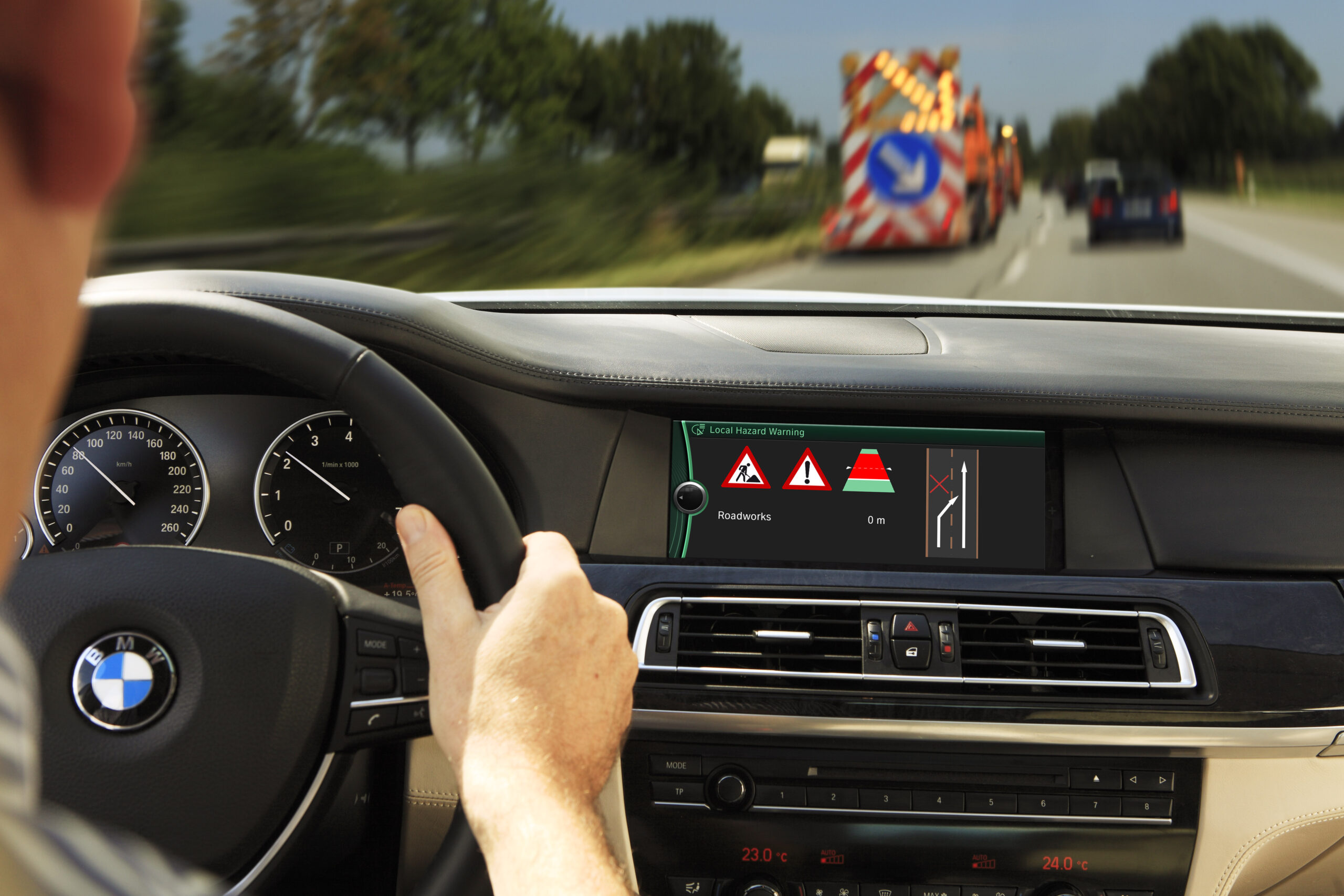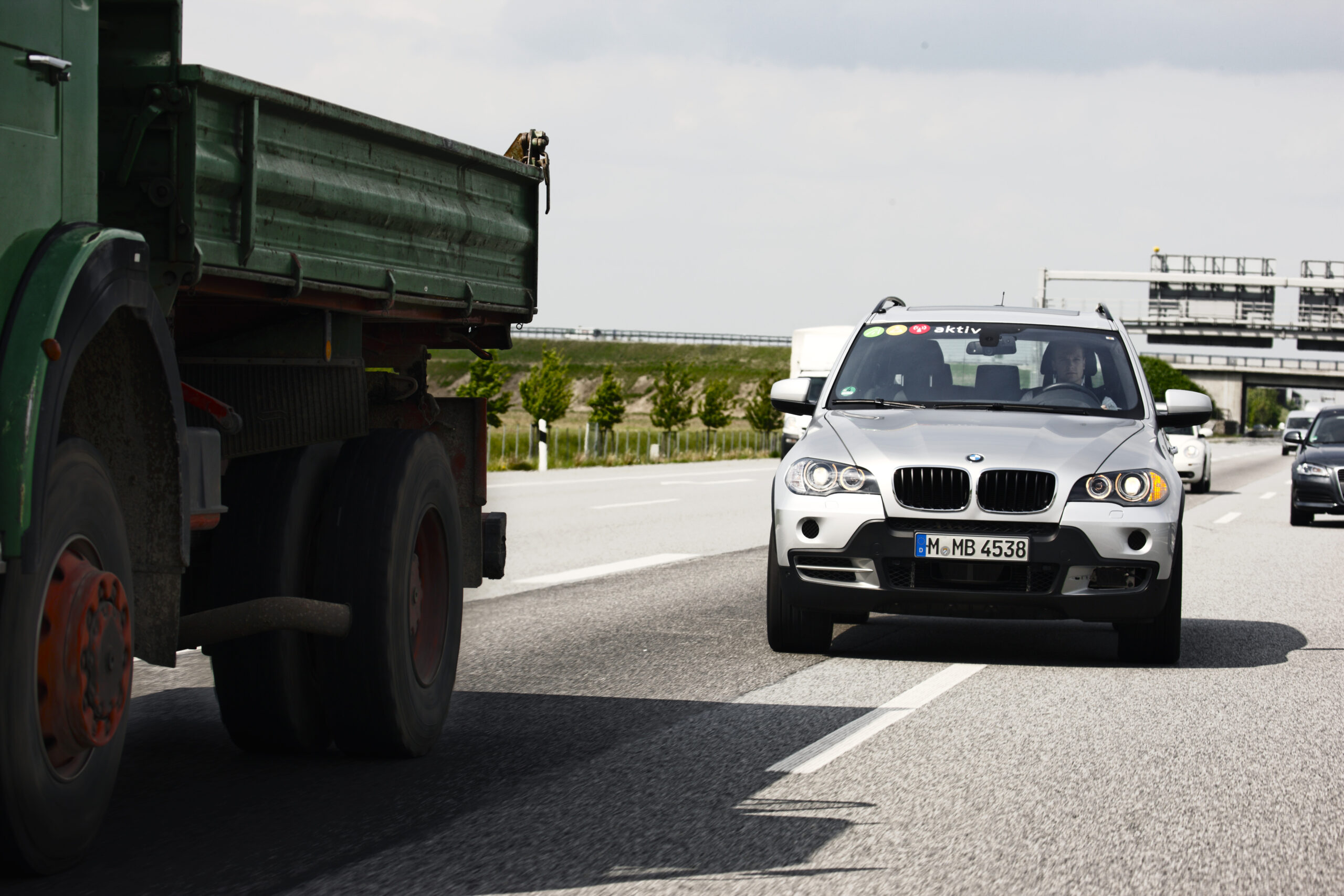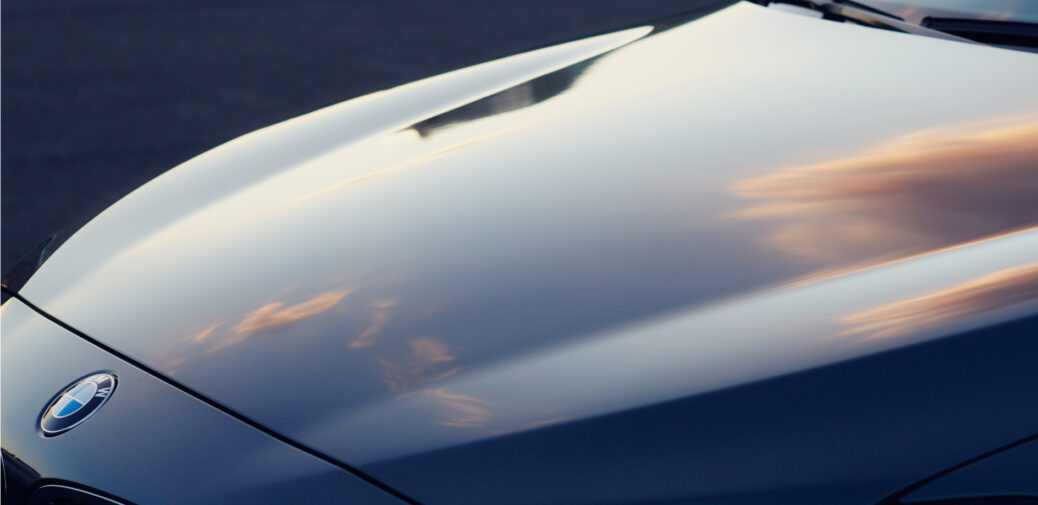When I was in grade school, I had 20/15 vision. This effectively meant that the smallest line I could read on the eye chart from twenty feet away, could only be seen by those with 20/20 eyesight if they moved in five feet closer. Like most things that were better in my youth, this didn’t last very long.
By my early twenties, I needed glasses to see distances with perfect clarity. And I’ve now discovered I’m more comfortable with my prescription glasses while driving—especially at dusk and at dawn, for reasons I don’t entirely understand.
Now well into my sixties (I can no longer pretend that fifty is close behind me), I have also been wearing readers for smaller print—especially in dark environments. The lettering on a menu in a dimly lit eatery is gibberish without them.
So when it comes to driving, I have a hard time admitting that I’m not what I once was. Vision isn’t the only impediment in my operation of a motor vehicle. My reflexes are also not as sharp as they once were. And I’m not just referring to the razor-sharp response required for track-driving.
I have noticed that my reaction time has diminished to the point of concern for many kinds of club driving events. Though I was never skilled in that arena to begin with, I have quietly withdrawn from many of the opportunities that BMW CCA offers (unless they are in a more controlled environment).

I’ve noticed I now shy away from track events. [Photo courtesy of BMW.]
These fading proficiencies have made me appreciate certain BMW safety enhancements for everyday street driving. Features like blind-spot detection and forward collision warning have saved me on more than one occasion.
Due to a change in my commute, I am now driving on divided highways with regularity. And while I prefer cutting up back roads while navigating most any vehicle, I try to be even more alert with so many other drivers around me.
Of course I know it’s not just the safety improvements and capabilities of my BMW that protect me from these close calls (or worse), it is also my focus and attentiveness that reduce the odds of an accident beyond the features a modern BMW may offer.
Recently, I observed a tailgater much too close behind me. With one hand on the wheel, the other on their phone and a dipped head between the two, they monitored social media at 70 miles per hour—perhaps three car lengths from my bumper.

Suddenly warnings went off and my eyes snapped forward. [Photo courtesy of BMW.]
Alarmingly, the sharp chirping of my BMW forward collision warning drew my eyes instantly from the rearview mirror as I mashed down the brake to avoid punching the truck in front of me. My neighbor to the rear was equally surprised as I heard tires screeching up behind me.
As shaken as I was in the moment, this would not have even happened if I were attentive to the task at hand—and certainly could have avoided this occurrence in the first place. However, I also knew in that very moment I would have reacted more quickly as a younger man.

I should not have been distracted by the driver in my mirror. [Photo courtesy of BMW.]
This realization has me wondering how we should approach aged driving. Like most Americans, I think I’m a pretty good driver, but I’m not so arrogant as to claim that I’m better than you are—though statistically my demographic is the safest of any. That said, I’ve found metrics mean nothing to reality.
One of the ways to validate overall driving competence would be to retest aging drivers at license renewal. Actually, that’s probably the best way to verify the proficiency of any driver (as some nations do), though I’m not sure how realistic this could be implemented here in the U.S.
The average age of civilization is increasing every year. Which means there will inevitably be more drivers out there like me—perhaps getting worse in the future. I say this because I’m not so sure that younger drivers of today are inherently better than older motorists, but that’s a topic for another discussion.
So, I look back now at my younger self—with 20/15 vision and the reflexes of a mongoose, and I realize that my driving has to change to adapt to my inevitable inadequacies as I grow older. For now I feel sharp enough, but someday I will no longer be able to claim that.

My reflexes are not as sharp as they once were. [Photo courtesy of BMW.]
Several months ago, I stood in line behind an elderly man at the pharmacy. He used a walker, and was managing with great difficulty. When my transaction completed and I left, I saw him struggling to get into his car. This scene both saddened and terrified me.
Much like this older gentleman, I remember my father taking the keys from his father—long after he should have. It was demeaning, embarrassing, and heartrending for both of them, but in this case, it simply needed to be done.
There is no avoiding maturity for any of us, but it surely beats the alternative. My wife and I are the same age, and without children we are likely to have to tell the other when our time behind the wheel should end. Neither of us will be prepared for it.
For now, I enjoy driving in a different way than I did when I was younger. I challenge myself to be overattentive. I use the entertainment system less and the gauges and mirrors more—as driving for me is also a necessity. And a one-second lapse of attentiveness could be my last.
Good and bad drivers are not born. They develop habits that are not only integral to their own safety. but create a better environment for others. Age is only one of the factors contributing to secure driving on the road, but it is one that cannot be ignored.—David Newton





















